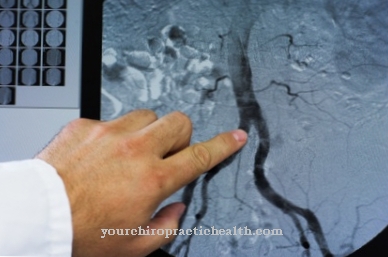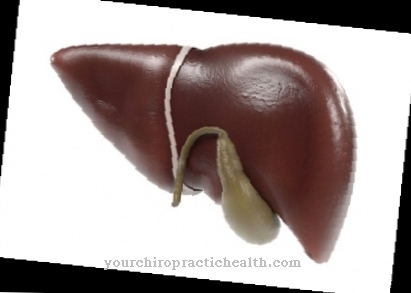As the oldest known health science in the world Ayurveda look back on a long tradition. Developed during the time of Vedic culture in ancient India, it exerted a significant influence on Egyptian medicine and Chinese medicine, among other things. His individual relationship to the body and mind of each patient makes him a holistic approach, which is becoming increasingly popular as a therapy method in the West too. The Ayurvedic healing system is valued there not least because of its high wellness factor.
What is Ayurveda?

The name Ayurveda comes from the ancient Indian Sanskrit language, where "Ayus" stands for life and "Veda" for knowledge. Not only in India, but also in Sri Lanka and Nepal, Ayurveda is legally equivalent to conventional medicine.
The WHO also recognizes it as a medical science. Ayurveda is a concept of life that aims to support the patient in achieving harmony between body and mind. Through the associated stress reduction in combination with inner balance, lifelong health and vitality are sought. The basis of this old therapy method are the three energy principles (doshas), which are made up of the elements ether, air, fire, water and earth:
Pitta - the energy principle (fire and water)
Kapha - the structural principle (water and earth)
Vata - the principle of movement (ether and air)
These three doshas should be in individual balance in a healthy body. Different relationships of these three types are characteristic of each patient, from which his physical and mental characteristics are derived. If the balance is disturbed, then according to Ayurvedic teaching, illness and malaise result.
Application, function, effect & goals
The areas of application of Ayurveda focus on the treatment of chronic diseases. These include, for example, osteoarthritis, obesity, type 2 diabetes mellitus, burnout syndrome, sleep disorders, chronic pain, acne vulgaris, irritable bowel syndrome and depression.
Ayurveda medical treatments consist of a mixture of herbal remedies, a healthy diet and cleansing procedures. The practice of various massages is very well known. Ayurvedic oil anointings work through the use of a wide variety of oils with which either the entire or only partial areas of the body are massaged. The individual constitution of the patient determines the composition of the means used in Ayurvedic treatment. This therapy method is used to strengthen the immune system in general and to relieve stress and sleep disorders.
According to Ayurvedic teachings, dry massages are often performed after an oil massage and have a primarily cleansing effect.The body is rubbed with a mixture of herbs, powders and spices. The aim is to detoxify the treated tissue, break down fat deposits and combat water retention. According to Ayurvedic knowledge, the sweating cures carried out below help to discharge waste materials from the body.
The patient under Ayurvedic therapy is massaged with bags containing cooked rice with various spices against disorders of the musculoskeletal system - such as muscle hardening and injuries. This healing method is called "Pinda Sveda", the massage with gauze bags. A very well-known method of Ayurveda is the forehead shower, in which a warm oil jet is directed onto the patient's forehead over a period of twenty minutes. It is used in the fight against headaches and depression, but also in the wellness area for general relaxation.
Last but not least, as part of an Ayurveda treatment, emphasis is placed on a balanced diet that is adapted to the ratio of the various doshas. In the event of illness, it can be adjusted to the imbalanced energy principles by adjusting the food and thus support the healing process.
Risks, side effects & dangers
The procedures of the Ayurveda are considered to be well tolerated and universally applicable. Risks can be found particularly in the use of different herbs, which in individual cases can lead to allergic reactions.
In addition, some types of plants used by Ayurveda are slightly toxic and there is a possibility that they affect the effectiveness of medications taken at the same time. Furthermore, some Ayurvedic remedies can contain compounds of heavy metals which are harmful to health in the long term. This is especially true for medicinal plants from regions of India that have been shown to be contaminated with toxins such as lead or mercury.
It is therefore advisable to only use products that have been tested for quality in Ayurveda therapy. Caution is also advisable when choosing an Ayurvedic doctor: as there are no national standards for such training, the patient should find out as much as possible about the qualifications of the doctor.












.jpg)



.jpg)










.jpg)
